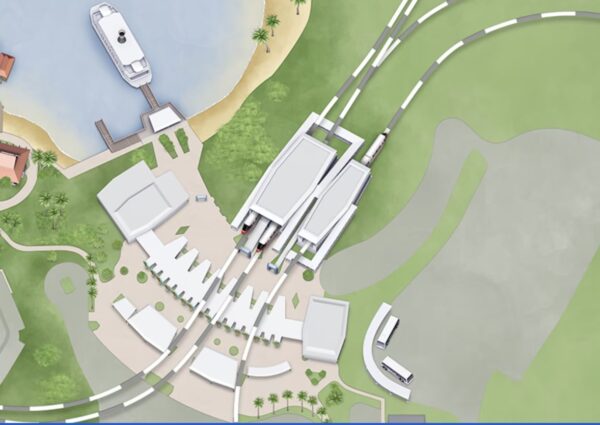
A (Virtual) Walking Tour of Walt Disney World
Are you missing the Disney Magic but are months or years away from your next Disney Vacation? Hopefully, we can help with our Virtual Walking Tour of Walt Disney World! This new series will uncover the history of all the attractions, buildings, and shows at Walt Disney World. How will we determine which article to write? It’s simple: we take a map of the Magic Kingdom and walk (virtually) around the park. We will follow the same route we would take if we were in the parks, stopping off at attractions and shows along the way! So, let’s get it started the same way most guests do…the Ticket and Transportation Center!
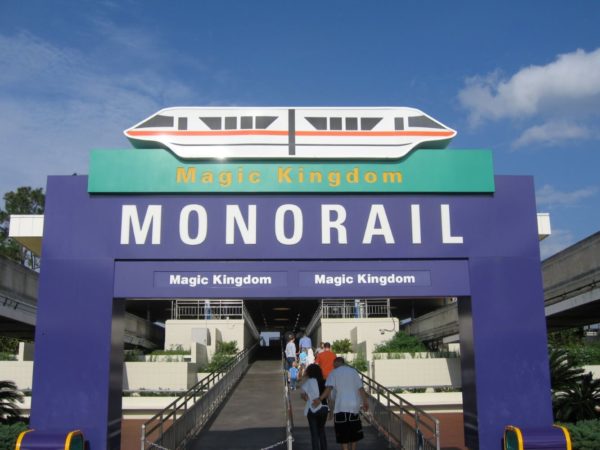
The Ticket and Transportation Center
All roads leading to the Magic Kingdom go through the Ticket and Transportation Center, which is like the Grand Central Station of Walt Disney World’s transportation system. The TTC serves as a hub for boats, buses, and monorails, with a constant flow of people using it as a parking lot, ticket booth, and loading dock. Guests can also find amenities in the area, such as Joffrey’s Coffee, restrooms, information booths, lockers, and benches.
If you have ever visited the Magic Kingdom, you have likely utilized the TTC (Ticket and Transportation Center). However, not many people have taken the time to learn about the history behind the TTC. The development of this transportation system turned out to be a significant turning point in Walt Disney World’s history, demonstrating the Imagineers’ ability to create an immersive atmosphere, even when it seemed like the odds were against them.
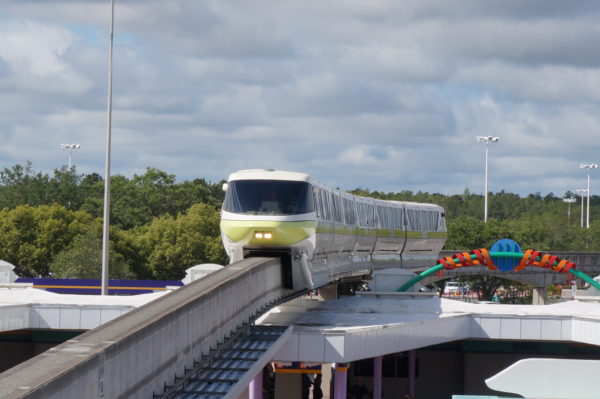
History
Opening with the Magic Kingdom in 1971, the Ticket and Transportation Center was created to serve as the park’s central transportation hub and a gateway to Disney’s Vacation Kingdom. A decade or so before EPCOT opened, the TTC served as the Magic Kingdom’s only guest parking lot. The TTC provided a direct route via boat or monorail to the Most Magical Place On Earth. Strategically positioned to immerse guests immediately after parking, the Ticket and Transportation Center was a logistic necessity.
To truly understand why the TTC exists, we have to go back to when the Magic Kingdom existed only on paper and the area we know as Walt Disney World was one big swamp.
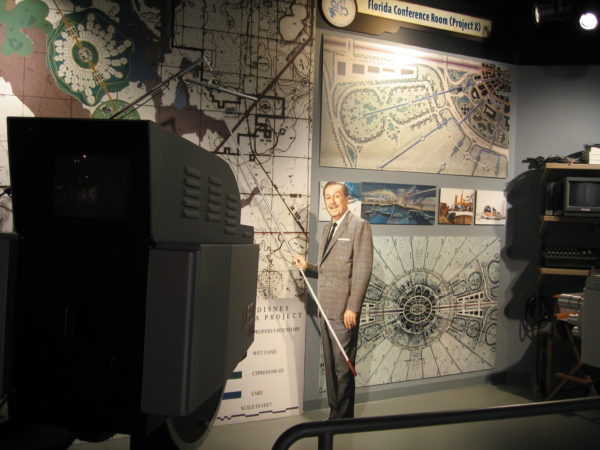
Fixing The Disneyland Problem
Walt Disney knew he needed more control over the land surrounding the Magic Kingdom if he wanted to avoid the issues that Disneyland was experiencing. When Disneyland opened in Southern California decades earlier, everything was going well for Walt until business owners and entrepreneurs realized there was an untapped market in the areas around Disneyland. As the 1950s continued, the streets outside the Disneyland gates were full of neon signs, motels, and other non-Disney affiliated businesses. Walt’s vision was for Disneyland to be a park for families, and he felt that the unsightly developments were, at the very least, visually inconsistent with his goal. He was unhappy with Disney’s lack of control over the areas around the park and knew that the issue would be addressed with his new Florida Project.
One of the best ways to control what can be built in close proximity to Walt Disney World was to create their own “property.” At the time, the idea of establishing such a large footprint for a theme park (or any vacation destination) was unheard of. Under the new plan, the land at Walt Disney World would allow for expansion, including Walt’s original Community of Tomorrow, EPCOT. More land also meant a bigger Magic Kingdom with freedom, allowing the Imagineers to control all aspects of a guest’s park experience.
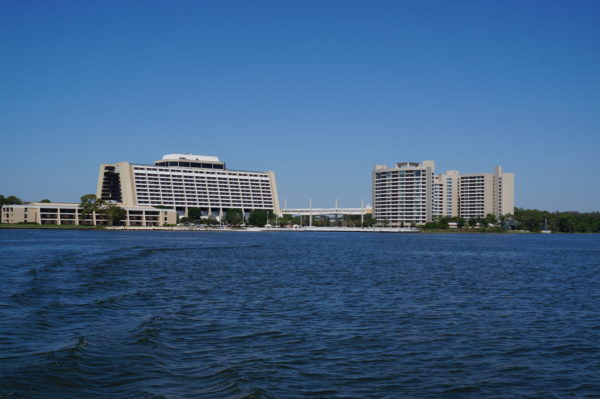
A Swampy Situation
Unfortunately, after several land surveys, portions of the land that was earmarked for the Magic Kingdom were deemed unusable, which put Disney in a difficult position. That was until Bill Martin, who worked as a developer for Disneyland, was brought in to troubleshoot the swampy situation (D23, 2024). Imagineers thought the massive wetlands around the Magic Kingdom could play to Disney’s advantage if appropriately addressed. Their idea was to combine a large lagoon with the pre-existing Bay Lake. The new waterway would create an immersive experience, giving the illusion that guests were genuinely leaving the outside world behind (Imagineering, 2024). That new lagoon was created and is now known as Seven Seas Lagoon.
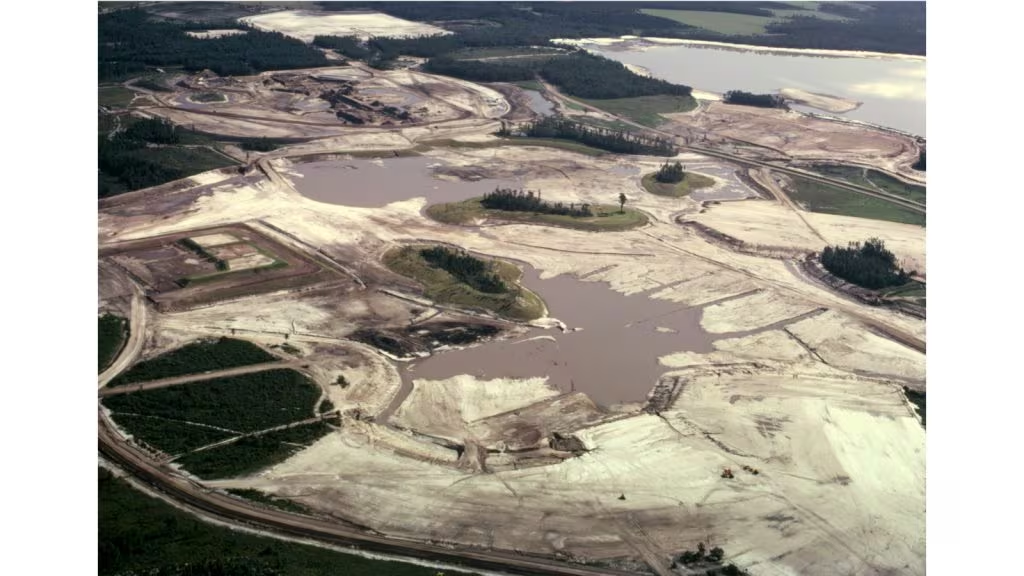
As the construction of Walt Disney World continued, using Bay Lake and Seven Seas Lagoon would be a critical factor in creating the utilidors (another Bill Martin project) and the ability to elevate the Magic Kingdom’s land (D23, 2024). The elevation aided in the sightlines that we still experience today. Other benefits of creating Seven Seas Lagoon included utilizing the sand from the bottom of Bay Lake/Seven Seas Lagoon for the Grand Floridian and the Polynesian Resorts beaches and creating a central location to purchase park tickets.

All these benefits have stood the test of time and still exist today. Still, the most significant benefit of the Ticket and Transportation Center was separating the land surrounding the Magic Kingdom from the parking lots. By placing the Magic Kingdom’s parking lots almost a mile away from the park’s gates, Imagineers would finally have complete control over every aspect of the surrounding land, fixing one of Disneyland’s greatest flaws. Now, the Disney magic could be sprinkled on everything from landscaping to sightlines and even what type of transportation guests used to get to and from the park. Once guests entered the TTC, it signaled that their Disney vacation had begun and that the outside world was behind them.
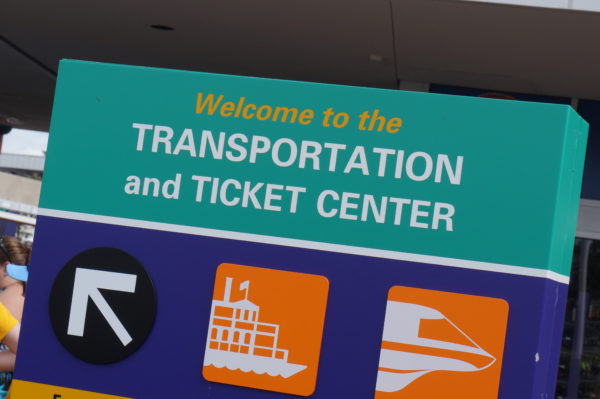
Confusion Among Guests
The years following the Magic Kingdom’s opening proved that Martin’s and the Imagineers’ ideas for Seven Seas Lagoon and the Ticket and Transportation Center would pay dividends. Media outlets began reporting on Disney’s ability to separate Walt Disney World from the real world.
The separation of the two worlds also came with some negative feedback. The TTC confused guests accustomed to parking their cars and walking right into a theme park. In 1987, The Sunday Star-News interviewed a guest who aired her frustrations about the multi-step process for entering the Magic Kingdom, stating: “Disney World is tedious to get into. You drive 10 minutes, park, take a train, a boat, a monorail. I understand the theory, but it doesn’t work” (Sunday Star-News, 1987). Even in 1983, fresh off EPCOT’s official opening, media outlets like Kiplinger warned guests to plan for 30 minutes to an hour for park transportation (Kiplinger, 1983).
TTC continues to confuse first-time guests. The guests expect that once they park their vehicles, they will step out and see Cinderella Castle standing tall in front of them. They quickly realize there are still more steps before walking down Main Street U.S.A. Although frustrating to some guests, the separation from the outside world was precisely the idea the Imagineers attempted to achieve.
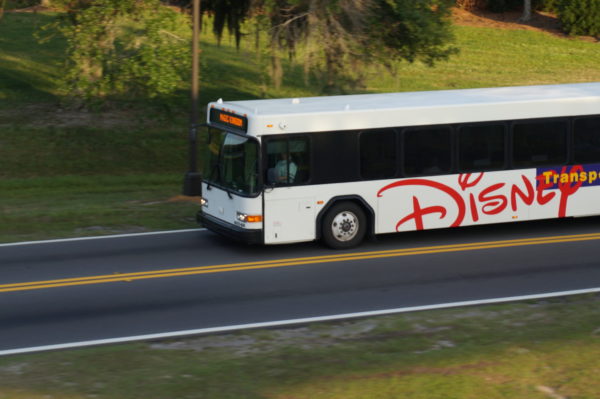
Changes Over The Decades
Marty Sklar, a legendary Disney Imagineer, often stated that changes were one constant in Disney Parks. Disney diehards have used this idea to help understand why Disney Parks are constantly changing, even at the expense of overhauling their favorite attractions.
Like the in-park changes, the TTC has seen a fair amount of change since 1971. In the first decade of the TTC, guests could take a monorail or ferryboat to the Magic Kingdom. As of 2024, the two-option transportation system has turned into a mega-hub for various modes of transportation, allowing guests to travel by foot, vehicle, boat, or monorail.
Unfortunately, the TTC has also been a part of some negative changes, such as parking price hikes. When Kiplinger featured EPCOT in a 1983 issue, they listed the one-day parking prices as $1 for a car or $2 for recreational vehicles/trailers (Kiplinger, 1983). For reference, the parking prices at the theme parks in 2024 range from $30-$55 depending on the type of vehicle and whether the parking lot is considered standard or preferred.

The 1980s made way for the addition of EPCOT, which meant an additional monorail line for the TTC. Walt Disney World rapidly expanded its bus services over the decades, with the TTC being one of the main stops (for non-Disney buses).
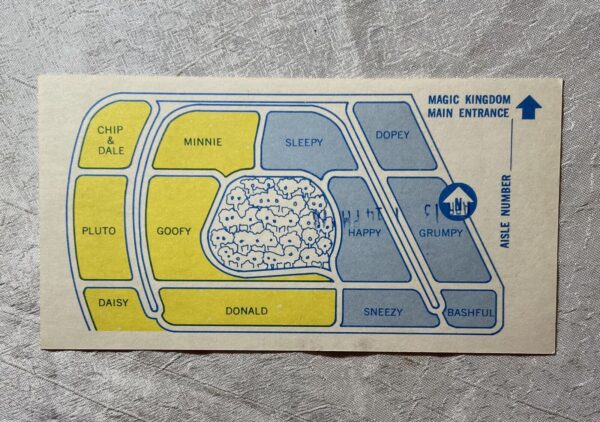
By 2011, Disney began to update the names of the parking lots at the transportation center. For decades, the parking lots were named after classic characters from Disney’s past, but more modern characters were the focus after the change. The following name changes were made to the parking lots: Bashful to Cruella, Grumpy to Scar, Dopey to Zurg, Sneezy to Ursula, Happy to Hook, Sleepy to Jafar, Donald to Rapunzel, Goofy to Peter Pan, Minnie to Aladdin, Daisy to Mulan, Pluto to Simba, Chip and Dale to Woody. The Heros/Villains-themed parking lots received several color changes (over the last 15 years) and signage that featured characters’ images.
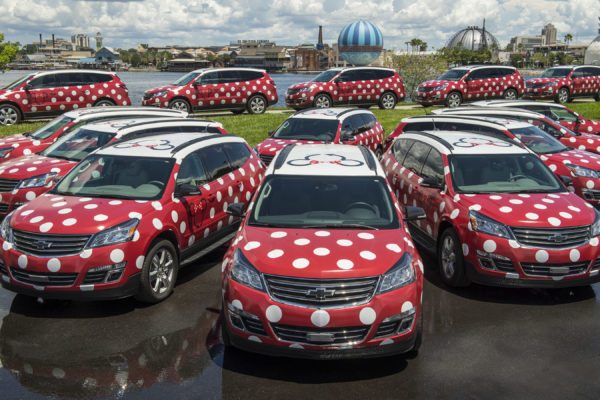
In the 2010s, the growth of rideshare companies forced Disney to create an area for dropoff/pickup (even adding signage). The rise of rideshare also gave Disney a business opportunity to make an in-house modality they called Minnie Vans (a partnership with Lyft). Most recently, five electric vehicle charging stations were added around the TTC parking areas.

Navigating The TTC On Your Next Trip
So you’ve got your Disney Vacation quickly approaching, but are you still confused about how the TTC works? Well, let’s break it down for you:
The Transportation and Ticket Center is the only parking lot option for guests driving to the Magic Kingdom. The TTC also provides a parking option for guests headed to EPCOT. If your destination is the Magic Kingdom, you will park your vehicle at one of the Heros/Villains parking lots and board either a monorail or ferryboat to the Magic Kingdom. Both transportation options will drop you off at the Magic Kingdom’s gate near the train station.
If your plans involve EPCOT, you will follow a similar path by parking your vehicle at the TTC’s Heros/Villains lot (parking is also available directly at EPCOT). The main difference between accessing EPCOT from the TTC instead of the Magic Kingdom is that you must board a monorail line to travel directly to EPCOT (no ferryboat option). If you’re looking to park hop both EPCOT and the Magic Kingdom, you’ll need to take the monorail or ferryboat from the Magic Kingdom and catch a connecting monorail that embarks for EPCOT. Monorails routinely run throughout the day, so if you miss a connecting monorail, the next one won’t be far behind!
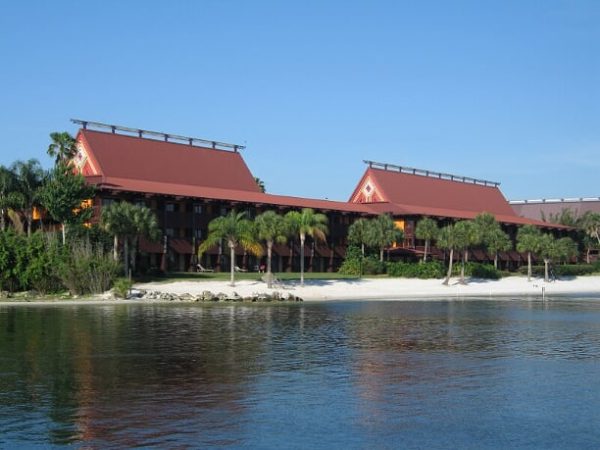
For guests staying at the Grand Floridian, Polynesian, or Contemporary Resorts, the TTC can be bypassed using the Disney Transportation Bus system or the Resort Monorail line. Guests of these resorts can also use a walking path that runs along Seven Seas Lagoon/Bay Lake (a 15-20 minute walk from Disney’s Grand Floridian Resort).
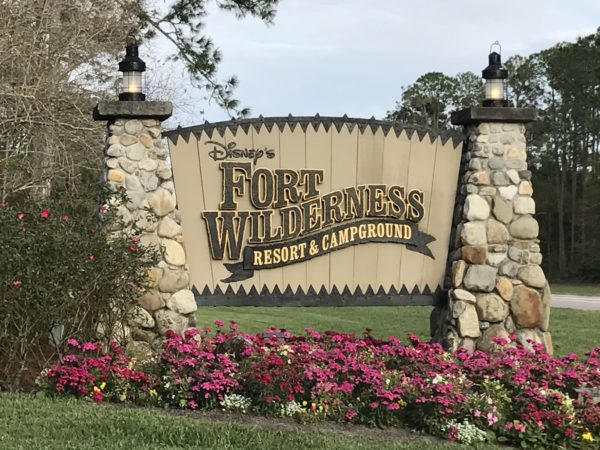
Similarly, guests at Disney’s Wilderness Lodge and Disney’s Fort Wilderness Campground can bypass the TTC by way of a dedicated Magic Kingdom boat from their resort.
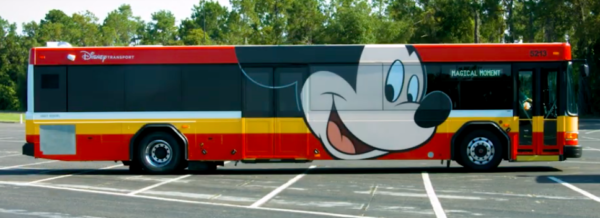
All other guests staying at a resort on Disney property can skip the TTC by taking a Disney Transportation Bus. The bus will drop off guests at a designated bus stop near the Magic Kingdom’s gates.
Hours of Operations
The monorails begin operations approximately 30 minutes before the earliest park opening and operate 1 hour (Magic Kingdom) and 2 hours (EPCOT) past closing times.

Next Up On Our Tour
As we continue our virtual walkthrough of the Magic Kingdom, we will hop off the monorail and head straight towards the Walt Disney World Railroad, Main Street U.S.A. Station.
Do you enjoy starting your Disney day at the Ticket and Transportation Center?

